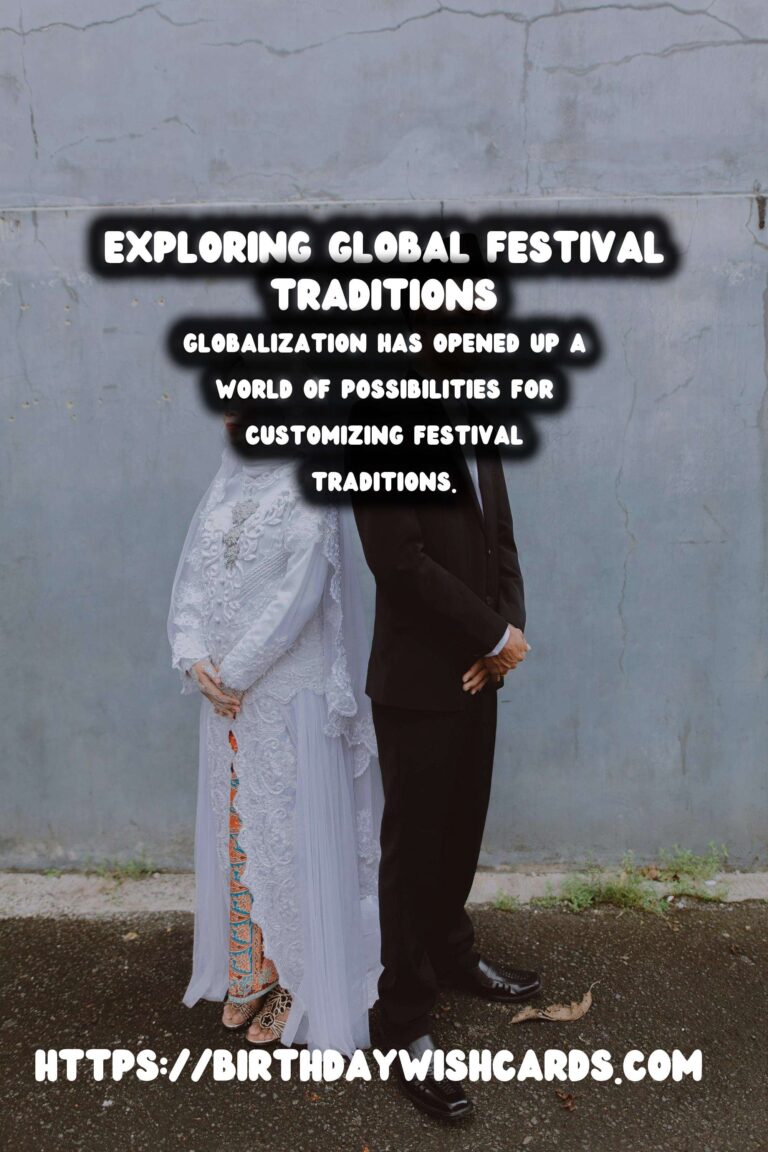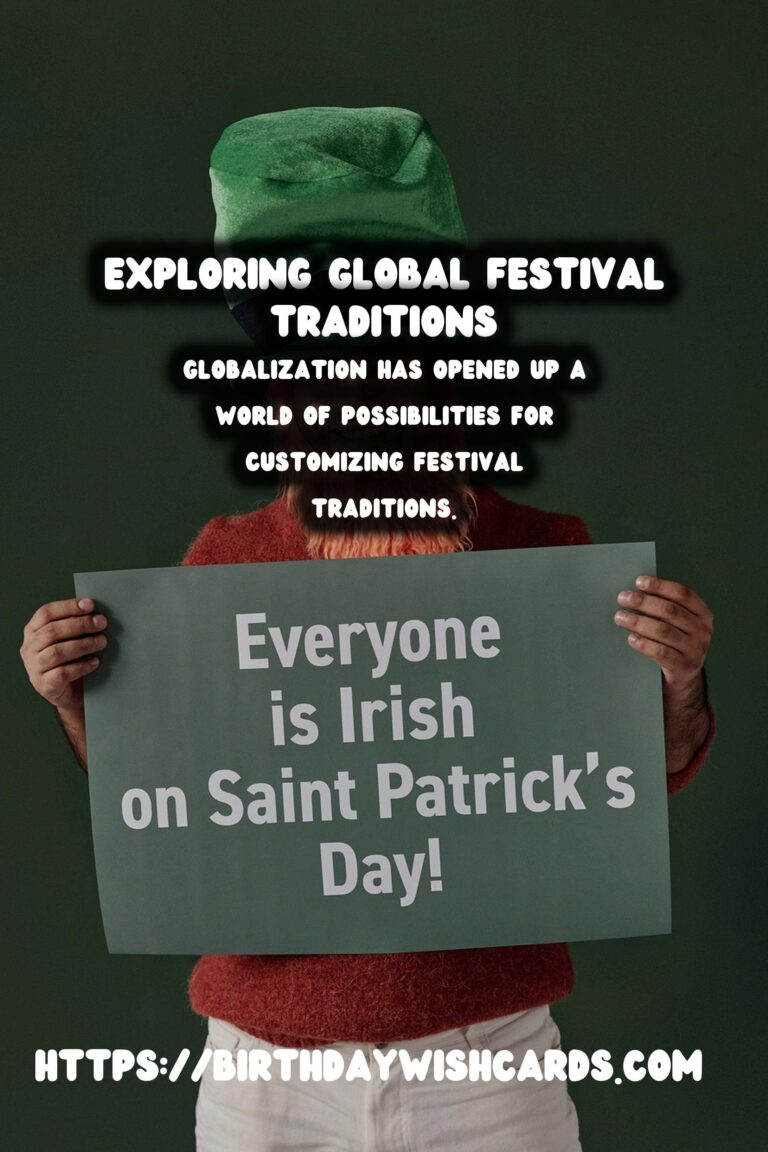
When we think of festivals, our minds often conjure images of traditional celebrations filled with age-old customs and practices. However, globalization and cultural exchange have opened up a world of possibilities for customizing these traditions. In this article, we explore some surprising ways to personalize and innovate festival traditions from various corners of the globe.
The Art of Blending Cultures
As cultures meet through travel and technology, blending elements from different traditions can result in entirely new festival experiences. For instance, during the Diwali festival in India, many families now incorporate Western decorations like LED lights alongside traditional diyas (lamps). This fusion of styles not only makes the festival visually captivating but also represents a globalized worldview.
Incorporating Local Influences
Another interesting way to customize festival traditions is by incorporating local influences. In the celebration of Chinese New Year, many communities outside of Asia have started to include local foods and customs in their festivities. In places like San Francisco, you can find Chinese food paired with local California wines, creating a unique dining experience that honors both cultures.
Engaging in Eco-friendly Practices
As awareness of environmental issues grows, many festival-goers are creatively customizing old traditions to make them more eco-friendly. For example, during the Holi festival in India, where colored powders are traditionally thrown, many are now opting for organic colors made from flowers, reducing the use of harmful chemicals. This change showcases a revolutionary approach to preserving the beauty of traditions while being kind to the earth.
Tech Innovations in Traditional Festivals
In our digital age, technology has influenced festivals in ways that lead to surprising transformations. Augmented Reality (AR) has found its way into festivals like the Edinburgh Festival Fringe, where attendees can use AR apps to enhance their experience, providing interactive performances and historical insights at their fingertips. This modern twist not only attracts a tech-savvy audience but also keeps traditions relevant.
Celebrating with Global Cuisine
Food is integral to any festival, and experimenting with global cuisine can freshen up traditional celebratory meals. During Thanksgiving in the U.S., for example, many families are now adding international dishes to their spread, such as Indian curry or Mexican tamales, reflecting both a love for the traditional and appreciation for global flavors.
Rethinking Family Traditions
Families have the unique opportunity to customize their festival traditions based on personal narratives. Instead of simply following inherited customs, families can create new rituals that resonate more powerfully with their current values or experiences. For instance, an annual family camping trip during Christmas could incorporate traditional gift-giving with a focus on outdoor experiences instead of conventional celebrations.
Emphasizing Community Contributions
Many festivals thrive on community participation, and a supportive environment can lead to creative innovations. The Carnival in Brazil, for instance, encourages various communities to create their own samba schools. This gives each neighborhood a chance to contribute unique elements to the festivities, ensuring that the celebration reflects a diverse array of cultural expressions.
Interactive Traditions
Incorporating interactivity into festival celebrations appeals to our modern craving for participation. One stunning example is the Festival of Lights in Lyon, France, where the tradition of lighting candles in windows has evolved into interactive art installations that invite locals and visitors alike to engage with the works on display. This shift transforms the passive observer into an active participant, inspiring connection and collaboration.
Reviving Forgotten Customs
Among the surprising ways to customize festival traditions is the revival of forgotten customs. Some cultures are rediscovering their old practices and reintroducing them during contemporary festivals. The celebration of Midsummer in Sweden has started to include ancient rites like crafting flower crowns or singing traditional songs, providing a sense of historical continuity and cultural pride.
Personalizing Festive Attire
Festive attire is another area ripe for customization. Many festivals require specific clothing, but there’s room for personal expression. For example, at the Dia de los Muertos (Day of the Dead) celebration in Mexico, many individuals are now designing their own unique skull or traditional garments that blend contemporary fashion with cultural motifs. This trend encourages the younger generation to take pride in their heritage while also allowing for personal style.
The Future of Festival Traditions
As the world continues to change, so too will our approach to festival traditions. The unexpected ways in which people are customizing these celebrations not only reflect the current cultural climate but also hint at what lies ahead. From technological advancements to the rise of sustainability, the evolution of festival traditions is bound to continue in surprising, vibrant directions.
Conclusion
Customizing festival traditions offers a myriad of possibilities, allowing us to honor the past while embracing the present. By integrating cultural, environmental, and personal influences, we can create vibrant celebrations that reflect our ever-changing world. So, let your creativity flow, and explore how you can personalize the festival traditions in your life!
Globalization has opened up a world of possibilities for customizing festival traditions. Engaging in eco-friendly practices is a modern way to honor festival traditions.

